What is the "true meaning" or origin of Christmas? Around December 22nd, the Earth's axis is tilted farthest away from the sun, making it the shortest day of the year. A few days after this winter solstice is when the days start getting longer in the Northern hemisphere. Most Northern hemisphere have some sort of multiple-day festival around this solar event. What we call Christmas in North America and Europe is a collection of traditions from Siberian and Scandinavian shamans' magic mushroom rituals, and also festivals like Saturnalia and Yule (Jul).
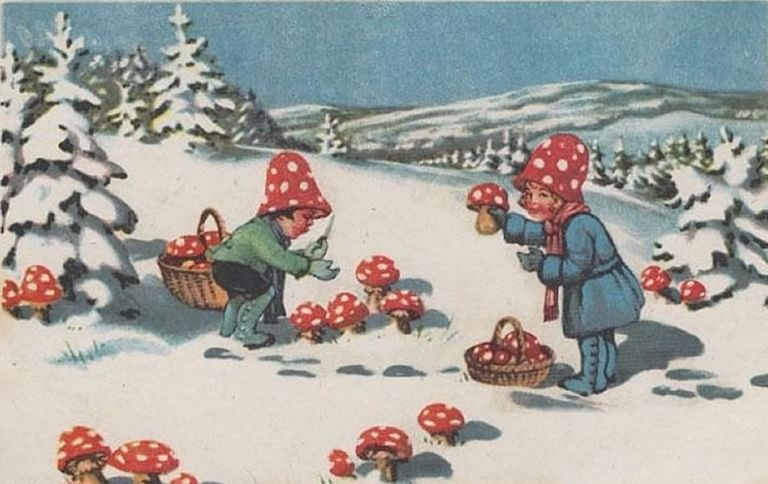 Elves from Nordic Mythology picking Amanita Muscaria: Fly Agaric Mushrooms
Elves from Nordic Mythology picking Amanita Muscaria: Fly Agaric Mushrooms
Saturnalia, also called the "Birthday of the Unconquerable Sun" was a Roman pagan festival worshiping Saturn, the sun of the night and god of agriculture. It lasted from Dec 17-25. There was much debauchery and glutton, and many of our traditions, such as gift giving, came from this festival. Why Saturn? That's a rabbit hole you'll have to go down yourself.
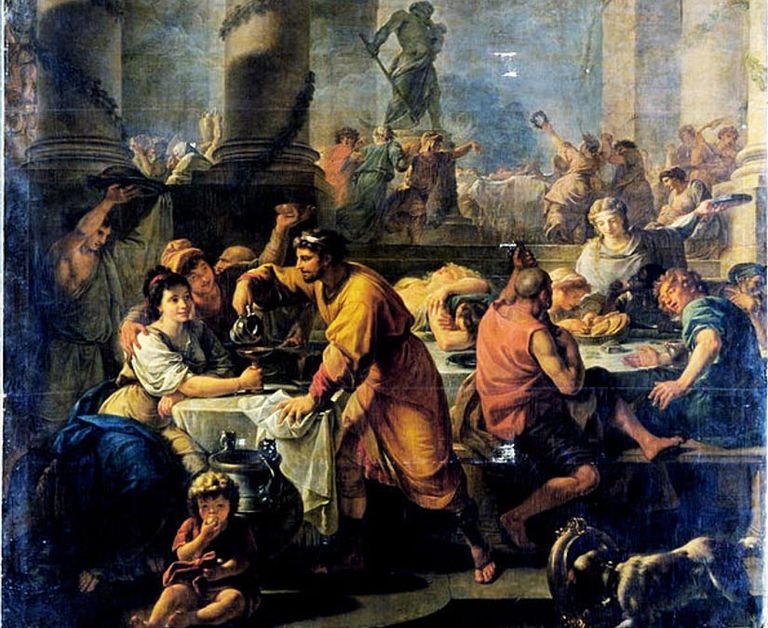
Saturnalia, Antoine Callet, 1783
Yuletide is an ancient (5th century) germanic winter solstice celebration. It celebrates the rebirth of the Great horned hunter god, or the return of the sun (just like Jesus in Christianity). It is one of the 8 Sabbats celebrated in the Wiccan wheel of the year, along with others like imbolc (groundhog day) and samhain (Halloween). We often celebrate Hallowtide as a death/harvest festival and Christmas as light and rebirth, but some cultures partake in veneration of the dead/ancestors and other Halloween type activities like Jebukking, Krampuslauf or mummering. Yule and Saturnalia morphed into Christmas during the Christianization of these cultures.

Celebrating Yuletide, Richard Lovett 1885
Celebrations begin on the first Sunday in December (Advent), past solstice and through the 12 days of Christmas. The twelfth day, epiphany Eve marks the end. Depending on which calendar a culture uses (Julian or Gregorian), the festivities can continue well into January. In Canada it starts right after Halloween because our Thanksgiving is in October.
Fasting and feasting - Feasting is a big theme of these holidays. It is speculated that monks would fast before this period, and that is where advent comes from, so now we shop and decorate instead.
Wreaths, garlands, and evergreen trees have been used by humans since ancient times to symbolize eternal life. Pagans brought decorated greenery into and around their home. The tradition of the tree as we know it started in Germany and was further popularized by Queen Victoria. Advent often begins with hanging of wreaths and lighting of candles.
Caroling - Comes from a Norse tradition called Wassailing or yule singing.
Yule log - an entire end of a tree stuck in the fireplace that burns over the 12 days. This is where the yule log cake originates from. Nowadays, candles or lights are used instead.
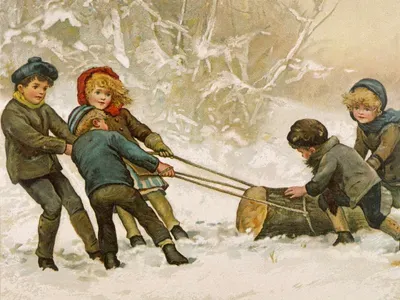
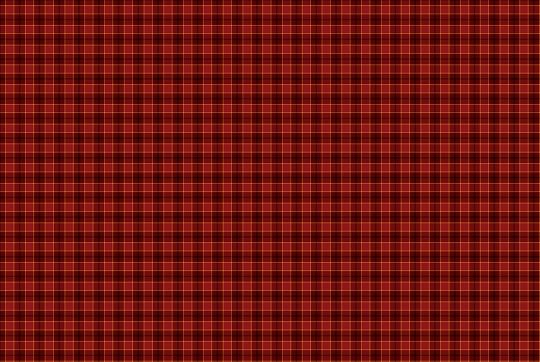
Colours The red and white combination depicts magic mushrooms and the suits that Shamans wore. Red and green combination represents ivy and holly, the only colours besides evergreen trees existent at this place and time of year. Christianization of solstice posits that green represents frankincense, red represents myrrh, and of course gold, as told with the nativity story. Tartan (red and green plaid) is heavily associated with Christmas because of the Celts (Scots) who celebrated winter solstice.
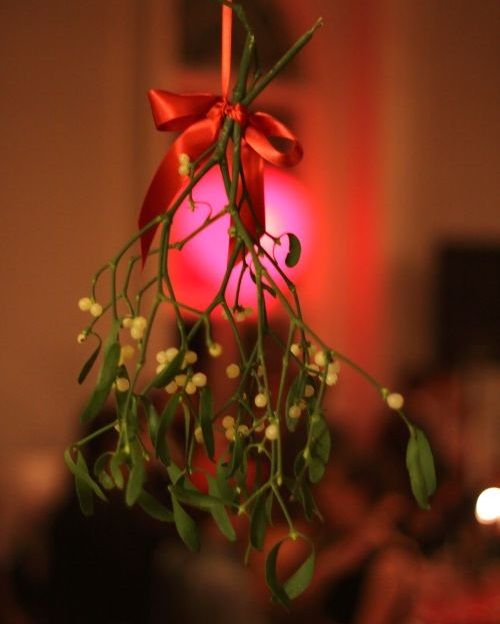
Mistletoe is a healing plant used by the druids for medicine and spiritual purposes. It is hung indoors for peace, fertility and good luck, so you can see how it became part of Christmas. A Norseman could kiss a maiden if she were standing underneath and refusal was bad luck. Mistletoe are green leaves with white berries, not red like holly. It's a common misconception.
Mushrooms are the reason for the season!
Santa Claus - The story of jolly old Saint Nicholas, or Sinterklaas is another Christian rehash. Santa looks like a saint in more traditional depictions of him, so our modern version of Santa is actually like a second rehash...of a magic mushroom ritual of Scandinavian shamanic priests. Shamans would dress up as a mushroom, wearing a red suit with white spots, and give gifts (mushrooms) to people. The shaman would come down the chimney (opening in the hut above the hearth) because people were snowed-in during the winter.
Stockings by the fire is how the shamans dried their mushrooms. They would cut it into pieces and place it in the stockings to dry. In order to get psychedelic effects without poison, the mushrooms must be dried...and how do you do that before electricity? If not dried, the mushrooms must be passed through another person or animal like
Reindeer - Shamans sometimes ate the yellow snow of intoxicated reindeer to obtain the same effects as eating dried mushrooms. It is said that the drug makes the reindeer go berserk - they prance around wild and drunkenly, and this is where the myth of flying reindeer and Rudolph's red nose come from. Rudolph was the most lit so he was lead reindeer pulling the sleigh. The story of Santa depicts reindeer because they are actually used like horses by Nordic people.
Gifts hidden in or under the pine tree represents how Amanita Muscaria mushrooms typically grow there between April and November in the northern hemisphere. Mushroom season finishes just in time to dry the last batch to give away at solstice. Ho ho ho!

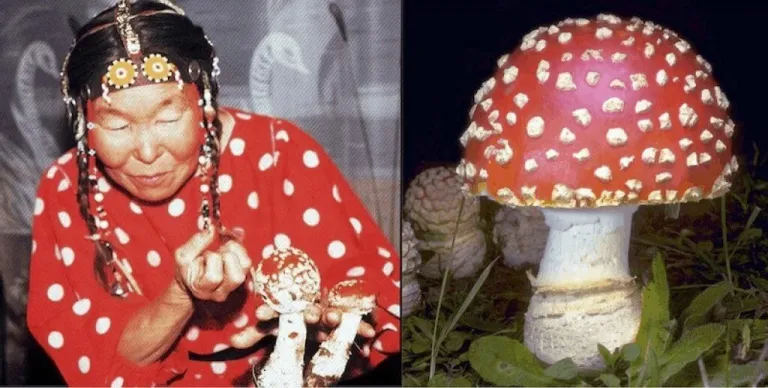 Siberian mushroom Shaman
Siberian mushroom Shaman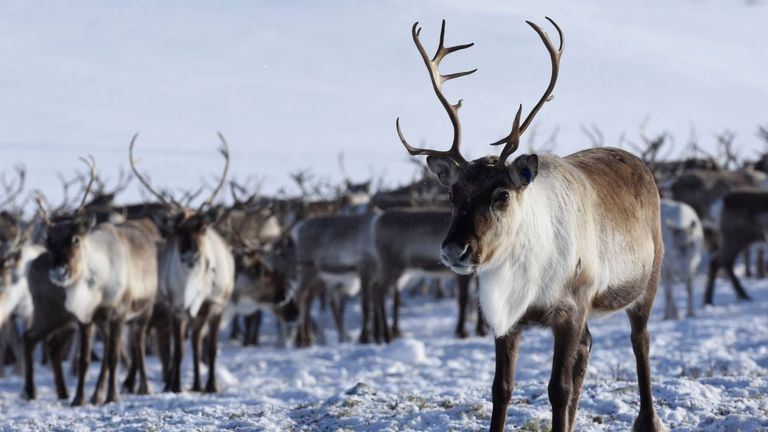

This is a very informative and interesting post! I was legitimately entertained (and imbued with knowledge)!
EDIT: And I love that thumbnail image... "send the kids out to grab us a few more shrooms!"
Telegramand Whatsapp